Coaxial cable is a type of electrical cable that is commonly used in various applications, including telecommunications, cable television, and computer networking. It consists of an inner conductor, an insulating layer, a metallic shield, and an outer insulating layer, all of which work together to ensure the transmission of electrical signals with minimal interference.
Structure of Coaxial Cable
Coaxial cable is named after its structure, which consists of two concentric conductors separated by an insulating layer. The inner conductor, usually made of copper, carries the electrical signal, while the outer conductor, which is made of a metallic shield, serves as a ground and provides protection against electromagnetic interference (EMI) and radio frequency interference (RFI). The insulating layer, typically made of foam or solid plastic, separates the inner and outer conductors and helps to maintain a constant impedance along the cable.
The outer insulating layer, made of PVC or another polymer material, protects the cable from physical damage and provides insulation against external environmental factors. Coaxial cable comes in different sizes, with the thickness of the inner conductor and the diameter of the cable determining the cable's impedance, attenuation, and frequency range.
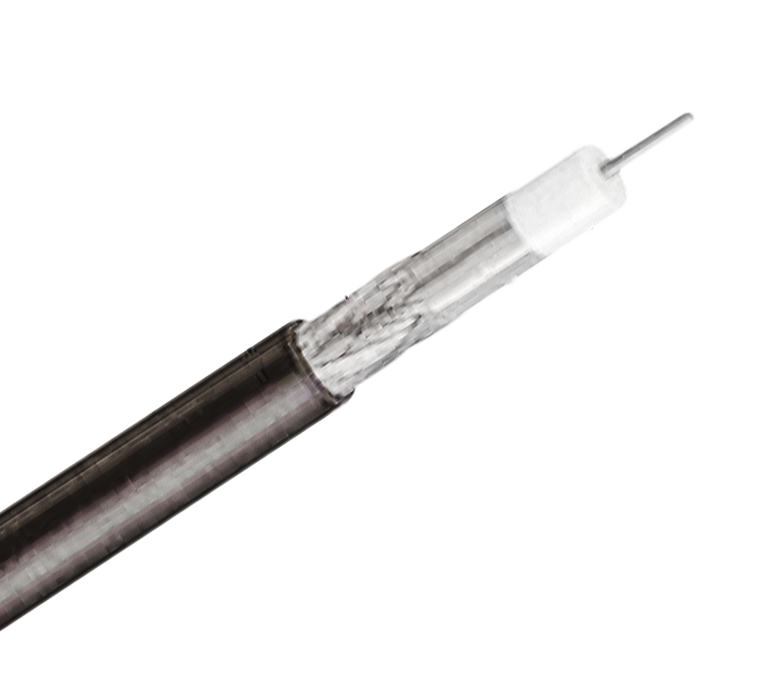

Applications of Coaxial Cable
Coaxial cable is used in a wide range of applications, including:
Telecommunications: Coaxial cable is used in telephone networks to transmit voice and data signals over long distances. It is also used in cell towers to transmit signals between antennas and base stations.
Cable Television: Coaxial cable is used to distribute cable television signals from the service provider to the customers' homes. It is also used in cable modems to provide high-speed internet access.
Computer Networking: Coaxial cable is used in local area networks (LANs) to connect computers and other devices to the network. It is also used in cable modems to provide high-speed internet access.
Surveillance Systems: Coaxial cable is used in closed-circuit television (CCTV) systems to transmit video signals from cameras to monitors or recording devices.
Advantages of Coaxial Cable
Coaxial cable offers several advantages over other types of cables, including:
High Bandwidth: Coaxial cable has a high bandwidth and can transmit large amounts of data over long distances without significant signal loss.
Low Interference: Coaxial cable is shielded, which reduces the amount of interference from external sources such as electrical wires, radio signals, and other devices.
Durability: Coaxial cable is strong and durable, making it suitable for outdoor and industrial applications.
Easy Installation: Coaxial cable is easy to install and requires minimal maintenance.
Coaxial cable is an essential component of modern communication systems, providing reliable transmission of electrical signals in various applications. Its structure, which includes an inner conductor, an insulating layer, a metallic shield, and an outer insulating layer, ensures the transmission of signals with minimal interference. Coaxial cable's advantages, including high bandwidth, low interference, durability, and ease of installation, make it a preferred choice in many applications.
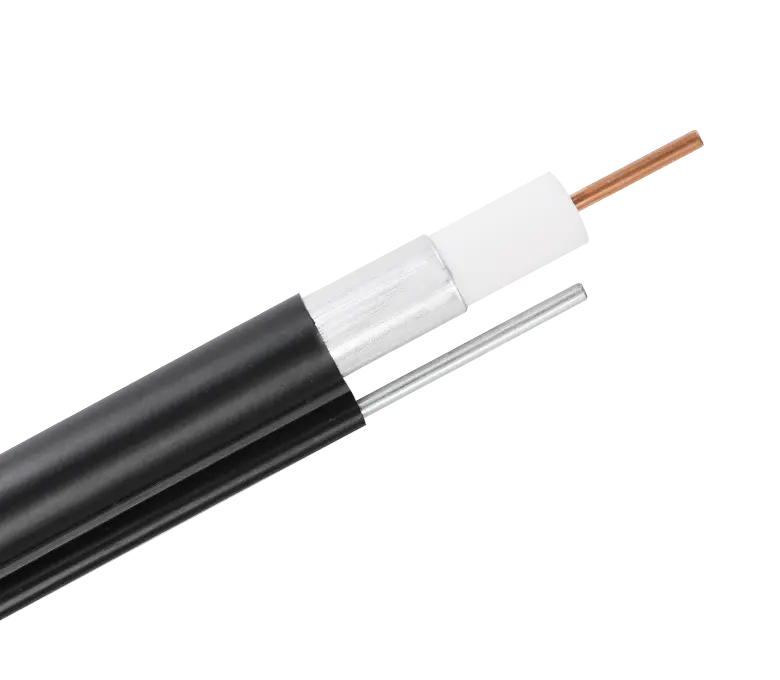
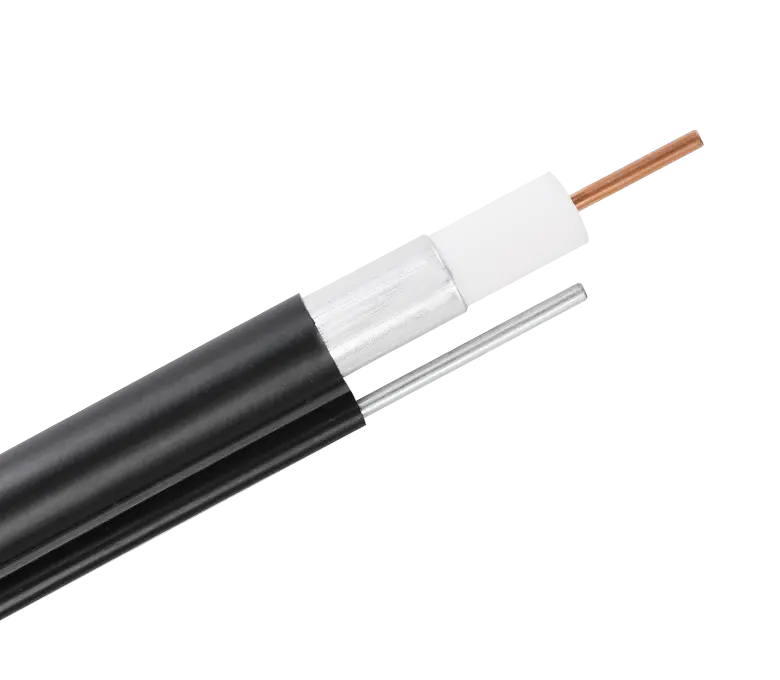
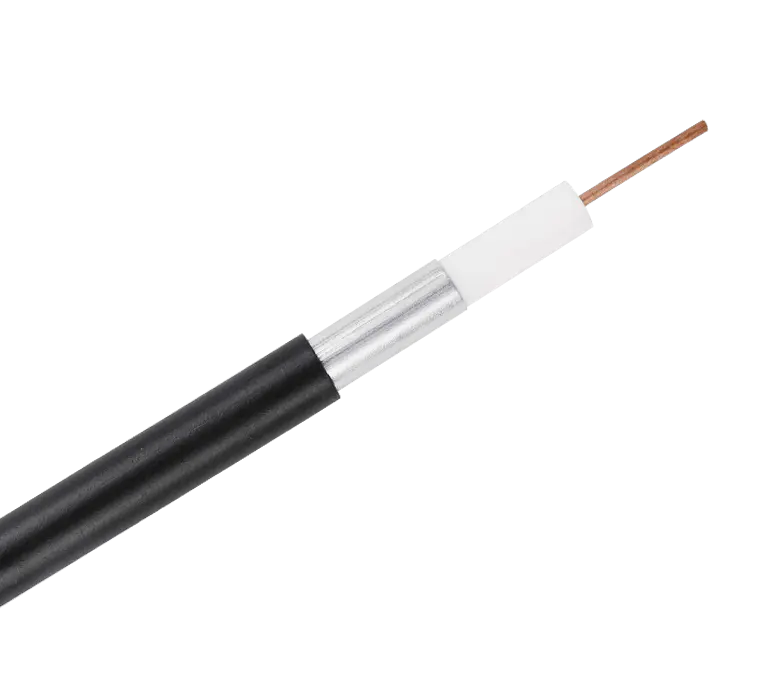
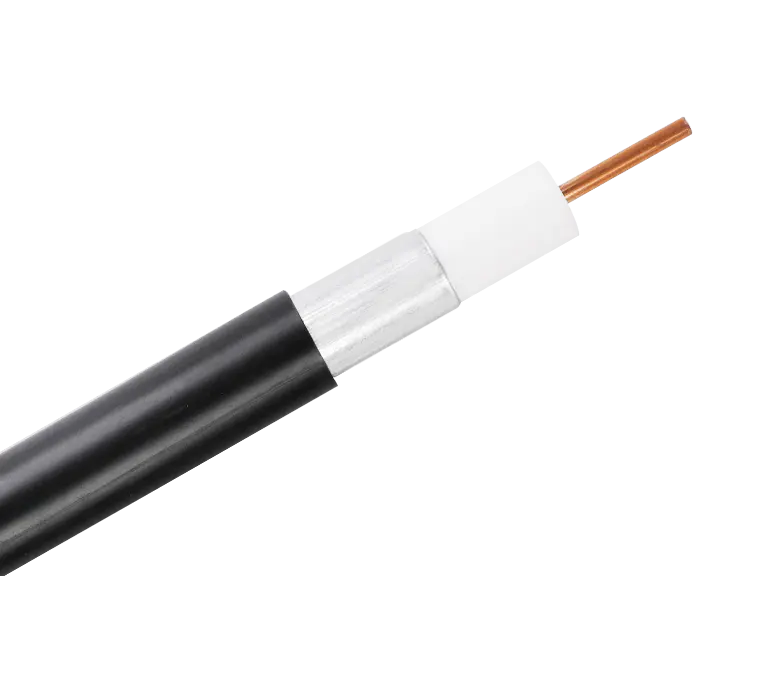
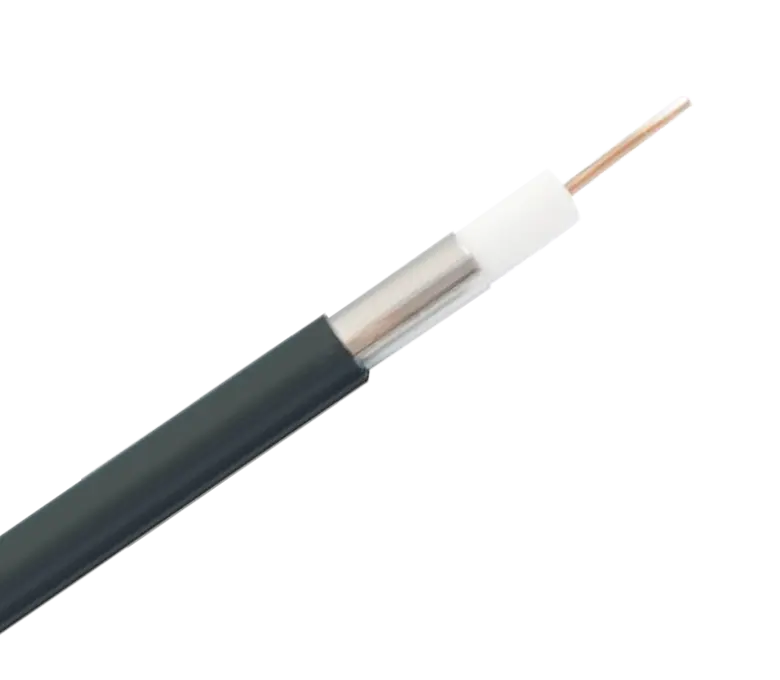
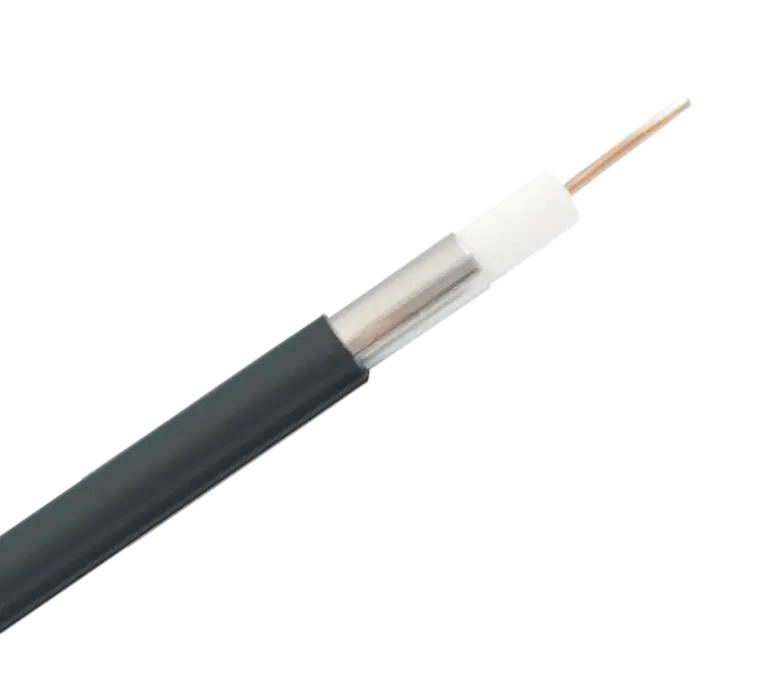
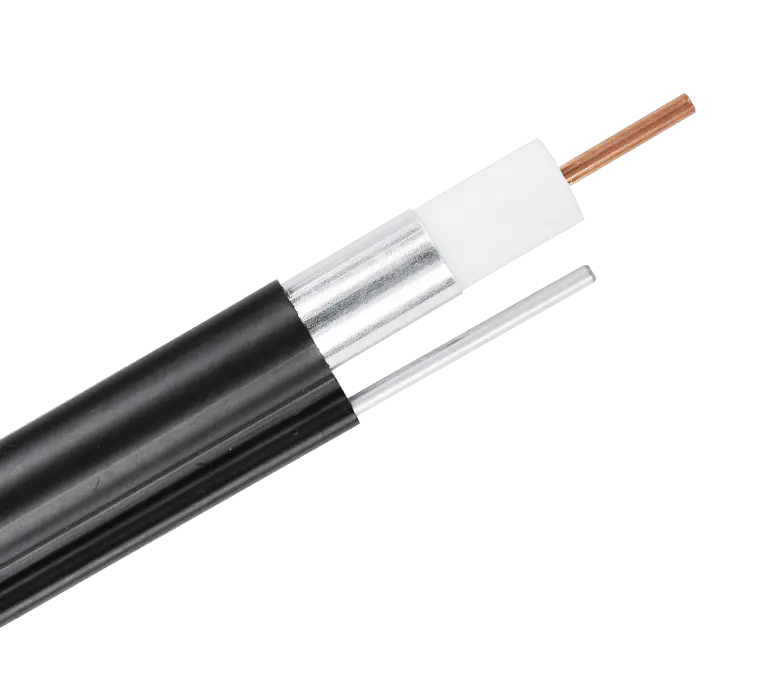
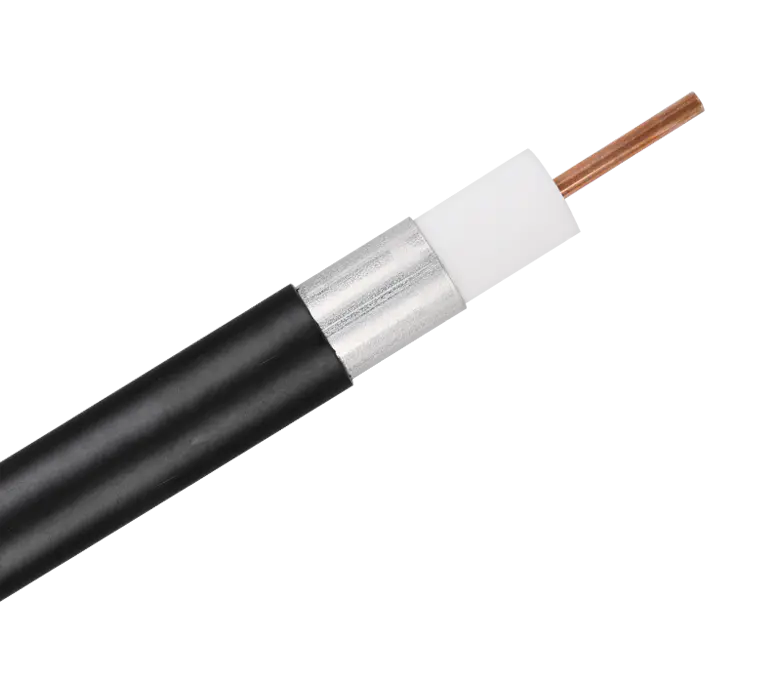
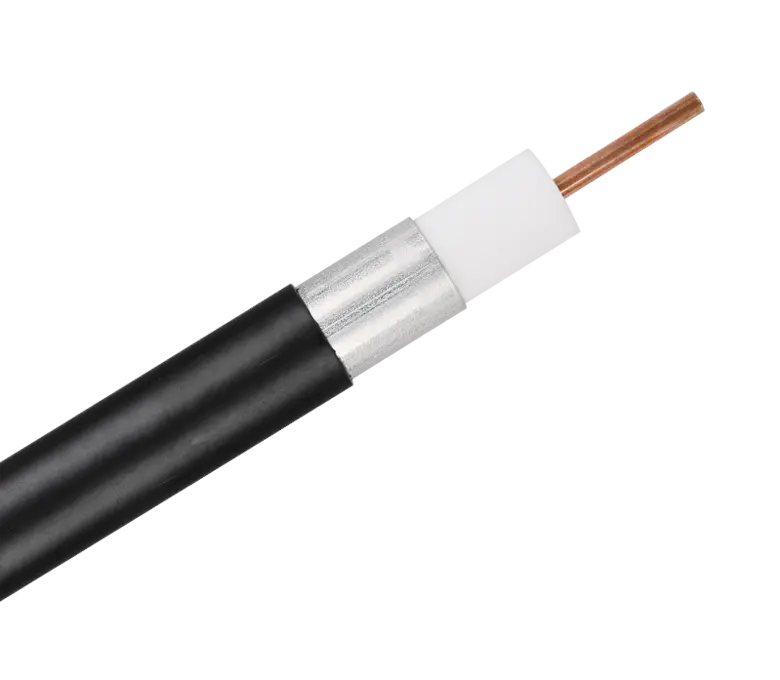
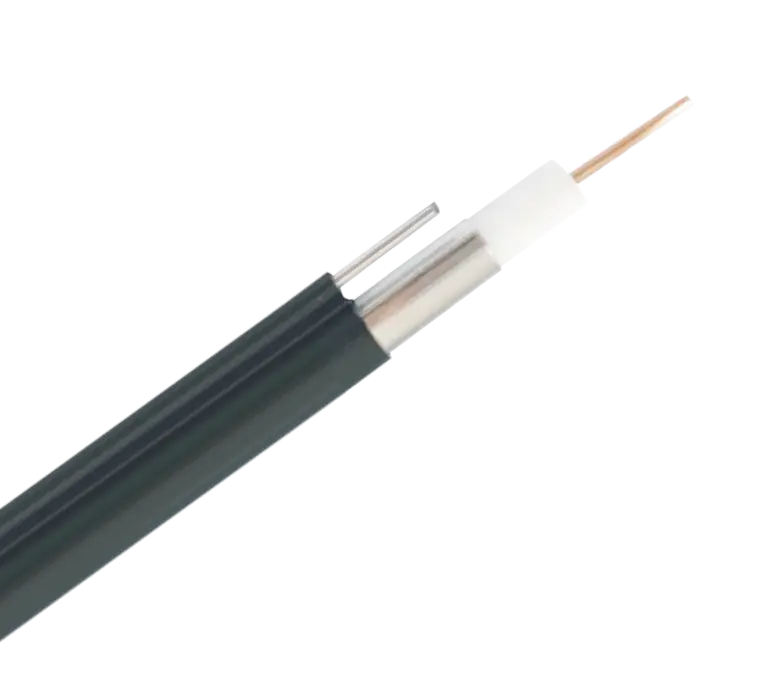
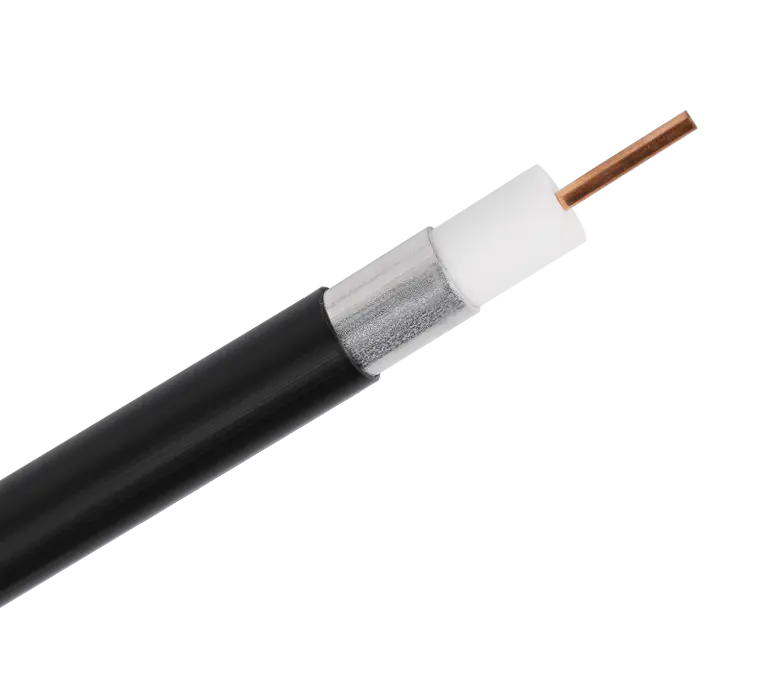
 浙公网安备33018502001191号
浙公网安备33018502001191号